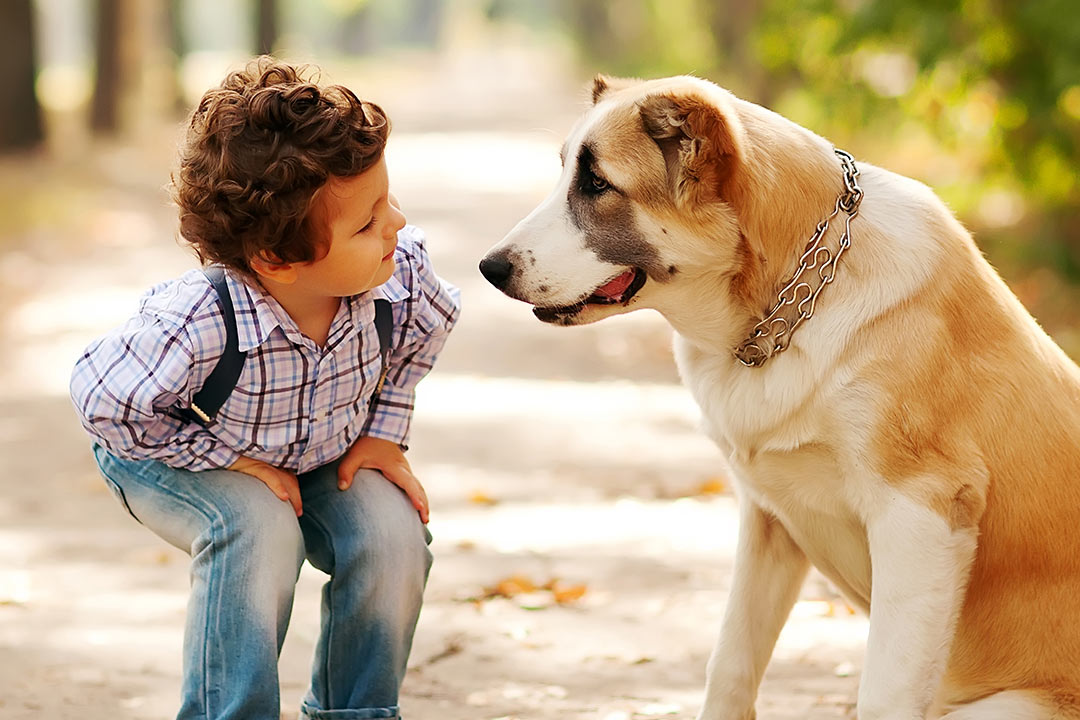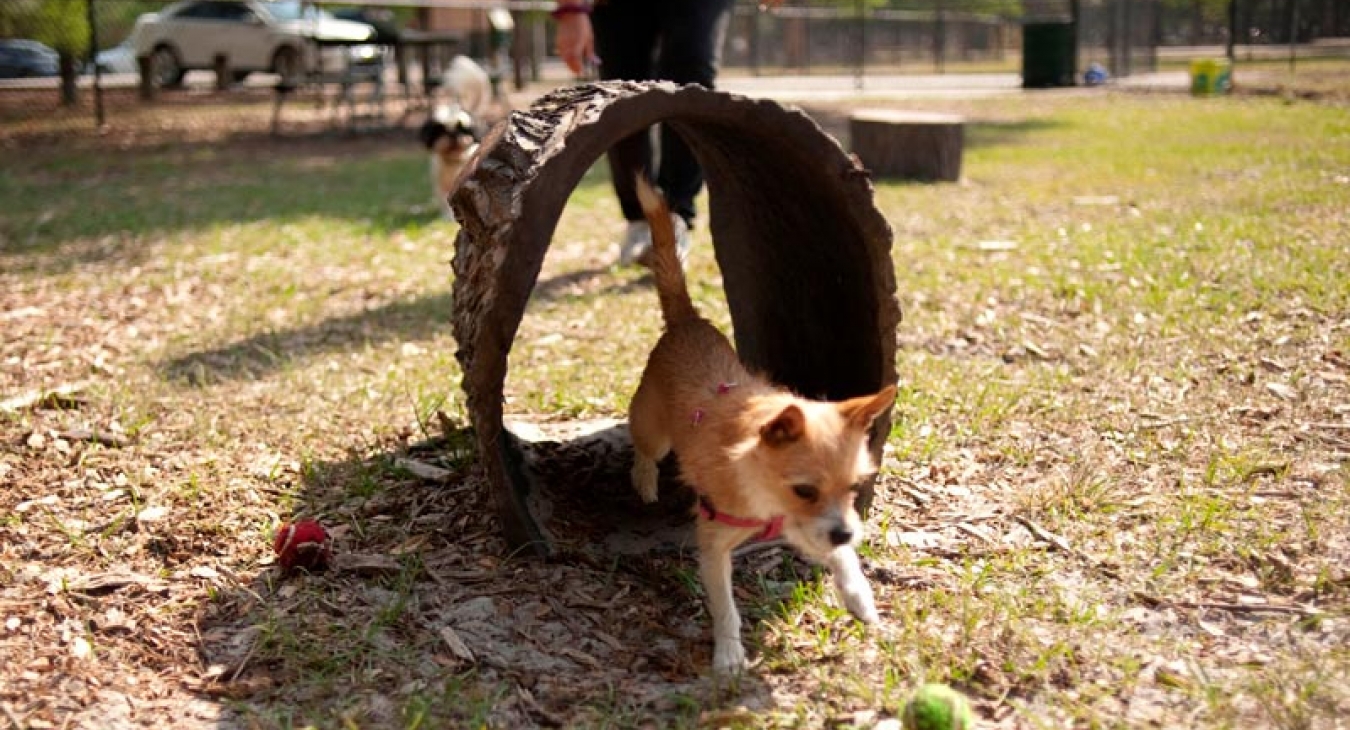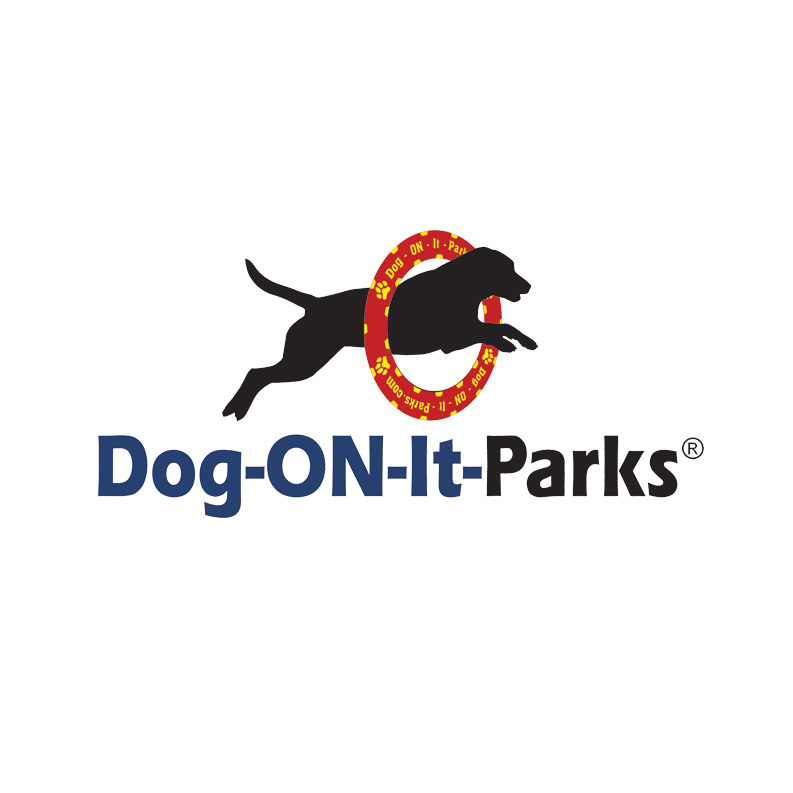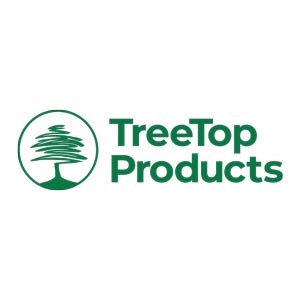Building Positive Connections in Your Community
The history of dog parks.
Like many creative endeavors, the first dog park came about as a social experiment. Less surprising may be the location of that inaugural park in Berkeley, California. Yes, the same free-spirited, progressive city well-known for the hippie movement of the 60s had a decidedly pet-friendly point of view. The Ohlone Dog Park opened in 1979 and since then has elicited one of the most popular forms of recreation in a parks system. According to a study by The Trust for Public Land, dog parks are growing faster than any other park category across the US, seeing an annual growth of 30% compared to 3% for traditional parks. There are now over 500 off-leash areas in the largest US cities alone, and dogs are welcome in nearly three-quarters of the most visited parks in America (including Central Park in New York, Boston Common in Massachusetts, and Venice Beach in California).
So what makes dog parks unique to account for such rapid growth? Several reasons. They provide multi-generational recreation, which is beneficial to the whole family, they’re cost-effective, and lastly, there are five million more households in the US with dogs than with children.
Let’s break down some of the misconceptions about dog parks.
“Why should we have a dog park in our community? Dogs don’t vote or pay taxes!”
Some people think dog parks are just for dogs. Sure, they are to a certain extent, but dog parks are really parks for people and their pets. And even though dogs aren’t eligible to vote, their guardians are.
In Meridian, Idaho a recent community survey showed that approximately 45% of households had at least one dog and nearly 35% had more than one dog. Without a dedicated off-leash park, Meridian was missing an important amenity for that population, and fortunately, a dedicated group of citizens formed committees to advocate for a park, and their voices were heard. The mayor made a promise that a community dog park would be built, and she honored that promise in August of 2015.
Within a few short months of opening its gates, the Story Bark Park was presented with the annual Idaho Recreation and Parks Association Outstanding Facility & Parks award. Not only was this the first dog park in Idaho to receive this award, the criteria included considerations such as Maintenance/Operation, Visibility & Appearance, Innovative Design and/or Equipment, and several other categories all of which also covered a variety of parks and recreation facilities. Receiving this award was not only meaningful for the city, but it was also a testament to the value dog parks add to a community.
Outside of the fact that dog parks provide recreation, there is also a social aspect of off-leash areas that contribute to their popularity. Shelley Houston with the City of Meridian reports the dog park has, “already improved the quality of life for Meridian residents, as it provides opportunities to foster positive social interactions.” Because dogs are natural icebreakers, they can help to spark a conversation that might otherwise not happen. Discussing the breed of their dogs, temperaments, and funny quirks are all topics you might overhear during a visit to a local park, not unlike parents discussing their children playing on the playground.
For people new to a community, a dog park can provide a much-needed sense of belonging and stability. This is where creative programming can make all the difference. In Marilynn Glasser’s book, Dog Park Design, Operation and Development, she states she has personally heard recreation professionals say: “If dog-oriented program opportunities are offered, they will come.” It meaning that people will gladly, almost eagerly, register for those events, and show up looking forward to a fun experience with their pets. So, whether a seasonal party such as Howl-O-Ween, a Yappy Hour to welcome new park users, or even a fundraiser to support a local humane society or rescue, dog parks can be used for much more than off-leash playtime.
One important factor that sets dog parks apart from other forms of recreation is that the parks are used nearly year round. Shelly Houston noted, “Of the approximately 20 parks in Meridian, the Storey Bark Park certainly sees the most wintertime usage”. This is not unusual. Whereas children’s playgrounds typically have the most use in sunnier weather conditions, you’ll see dog parks being enjoyed regardless of the rain, sleet, snow, or other conditions Mother Nature has provided.
“Dog parks are expensive!”
Can a dog park be part of a million dollar project? Of course, but most communities find they are able to develop a secure off-leash play area with agility equipment for significantly less. A recent article in the Washington Post noted that several traditional parks in the DC area cost an average of over 1 million dollars to build. Why? Children’s playgrounds have changed significantly over the past 20 years. Whereas a slide or swing set used to be acceptable, there are higher expectations now and modern playgrounds may feature sculptures, climbing nets, splash pads, bridges, and more. With the typical costs for a small community playground ranging from $40 to $100k or more including curbing, surfacing, and installation, dog parks provide a unique opportunity for adult and family recreation at roughly half the cost. In addition, playgrounds typically provide recreation for only 2 to 12-year-old users, whereas a dog park can offer economical year-round outdoor exercise for users from 16 to 80 years old, and beyond.
One distinguishing feature of dog parks is the amount of community support they can generate. With limited park budgets, off-leash organizations often coordinate to help fundraise and facilitate either building the park itself or outfitting it. The Rebecca Weitsman Memorial Park in Owego, N.Y. is a good example. A close partnership between ODOG, the Owego Dog Owners Group, the town and a generous benefactor was formed and after five years of careful planning - and a few setbacks, the park opened in September of 2015 to much enthusiasm. Steve Paul of ODOG reflects on the success of the park and mentions, “At the outset, you need to crystallize – and capture in writing – the specific functional requirements and conceptual design for what you seek to achieve. If you hope to build something more than a fence in a field, it needs to be spelled out in detail so that all interested parties share a common understanding of the essential features.”
With this particular agreement, ownership of the park lies with the town of Owego, which is responsible for mowing the grass within the perimeter of the fence, while overall management and the bulk of maintenance falls to ODOG. The organization has a comprehensive system in place to manage park crews, who are on hand during peak hours to answer questions, replenish supplies and take care of general housekeeping duties. Those duties include patrolling areas for waste and/or debris, inspections of equipment and fencing, and other responsibilities helping to ensure the park is safe and enjoyable for all.
Some of the essential features include agility components, separate large and small dog areas, a custom dog house that also functions as a storage shed and information kiosk. During ODOG’s presentation to the town, the group noted, “A feature that will make this park truly special is the dedicated area in which dog agility equipment will be installed for obedience, control, and skills training, and the agility gym will set this park apart from all others as a 5 star facility.”
“Dog Parks are Smelly and Dangerous!”
There are different perspectives regarding the overall safety of dog parks. Some folks think they are inherently unsafe due to concerns about dangerous dogs, management of park users, communicable diseases, the environmental impact, and liability. These fears can be alleviated through education and proper planning both with the park user and the municipality. Most responsible dog guardians will educate themselves on canine behavior and decide if their pet(s) have the right temperament for the social aspect that dog parks provide and will also ensure their dogs have the proper vaccinations the park may require.
Programming such as offering a free class with a local trainer on a topic like, ‘Is My Dog Right for the Dog Park?’ could be valuable. An easy way to encourage park safety is through pet registrations and the required use of a tag or license to enter the park. In order for park users to receive the tag, they agree to provide vaccination certificates, as well as, agree to terms of use which may include rules excluding young children, breed restrictions, food and beverage restrictions, and more. Standard dog park rules vary from city to city, and many of them can be easily found online.
Another option, utilized by ODOG, is an Accident and Information form. Though scuffles are few and far between, a simple document allowing people to quickly share contact information can help make a stressful situation a little easier to manage. These forms can also help to track certain behaviors, park conditions, and other contributing factors.
One of the biggest complaints about dog parks is pet waste, which often times can be a deal breaker for neighboring homes and worried residents. Proper surfacing and irrigation are both effective ways to combat this perceived issue. Decomposed granite, although affordable at the outset, compacts quickly and becomes quite fragrant – especially in warmer climates. Grass is always a viable choice if regular watering and maintenance is feasible; if not, engineered wood fiber from companies such as Fibar™ offers ADA accessibility and unlike regular mulch, is much more comfortable for dogs’ paws as the wood shreds are smaller than traditional mulch and less likely to become wedged between the pads of the foot. Another perk is that it is also certified non-toxic (for those dogs who experience the world by tasting anything and everything that looks interesting).
It may seem counterintuitive, but dog parks actually help to control pet waste. As communities become more populated with both dogs and people, dog parks help facilitate responsible pet ownership by providing a dedicated area where canines are welcome, thus helping to prevent waste from impacting other areas such as community ballfields.
“We don’t have room for dog parks or pet-friendly recreation.”
Urban sprawl, a park’s worst enemy. Often cities with the least amount of available space need it the most, such as a pet-friendly city like Seattle. The Seattle Animal Shelter recently stated that there are approximately 150,000 dogs in city limits. However, there are only 14 official dog parks to be found within the over 400 traditional parks and open space according to the Seattle Parks and Recreation Department. Those dedicated dog parks comprise less than one percent of the entire parks system. The city understands how important pets are to its residents and recently completed a study as to how they can meet the needs for more pet-friendly recreation including the development of a long-term plan. The plan states, “The Off-leash Area (OLA) Strategic Plan will be a long-term plan which will guide the operations of existing OLAs, explore alternative service models and create a strategy for the potential acquisition and development of future OLAs. It will also provide direction on how to spend Park District funding designated for OLAs in ‘2.5 Improve Dog Off-Leash Areas’ funding initiative described in the six-year Park District spending plan (2015-2020).” In the meantime, the city of Seattle has found creative ways to repurpose land that would otherwise go unused. The I-5 Colonnade park which utilizes a parcel under the freeway is a good example. The perks? It’s covered from the elements so it provides all-weather recreation, offers over an acre of open space and because parks (and dogs for that matter) can help to deter crime, it may actually be a safer place than it was previously. Other communities are successfully repurposing underutilized park spaces, such as tennis courts, taking advantage of existing fencing to create an almost instant low-cost dog park.
So what does the future of dog parks look like? Based on current trends that include more dog agility equipment, water features, shade shelters, furniture, and other user amenities; dog parks are becoming much more than just a fenced-in area. With the help of community members and off-leash organizations, parks departments can count on assistance to offset the cost of building these popular parks and help to provide recreation for users both two and four-legged.











Dog park.
They are an added expence to our tax base and you're just asking for trouble.
Pet waste runoff issues
http://www.doodycalls.com/resources-toxic-dog-waste/
I am personally opposed to dog parks in my community because even with the use of doggie doo bags by responsible owners, there is some residual, and more importantly, urine soaks the ground and runs in and off the site. Many public parks in my community are located adjacent to wetlands. The issue could be resolved by performing excavation and installation of an impervious barrier, with a system of filtration. If that became the standard, I would endorse reasonable public projects even though I am not a dog owner.
Do you have NYC suppliers?
Nice site! I was just working if you had local supplies/ distributers or partners in NYC. We’re getting a lot of projects with dog park components and would love if we could organize to have someone come in to do a lunch and learn.
Thanks!
Annie
Add new comment